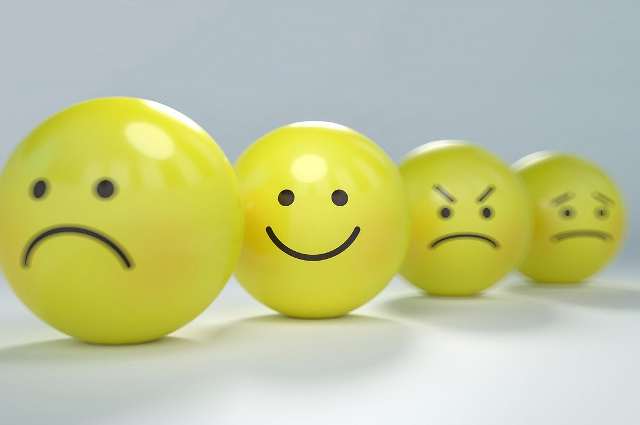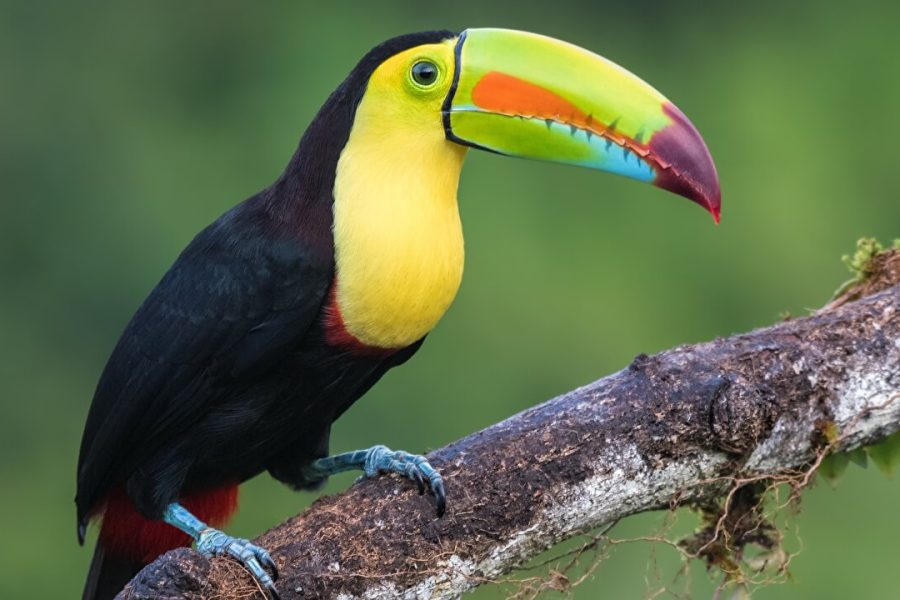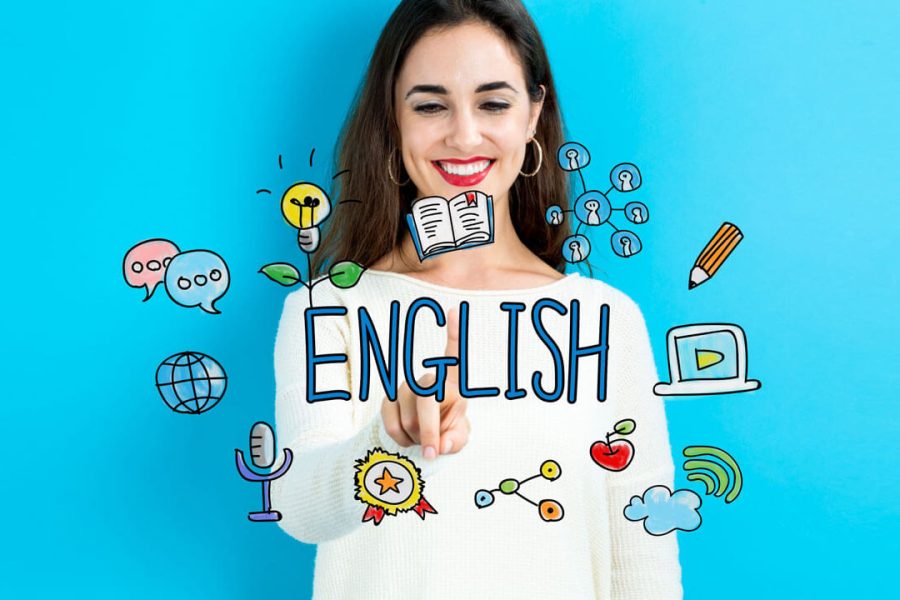Emojis have been a staple of internet discourse for decades. The earliest proto-emojis were simply colons and parentheses that people added to statements to vaguely resemble lopsided smiley faces. This may have been because text offers very few contextual clues when it comes to mood or sarcasm. The emotions behind text weren’t always easy to convey, hence the emoji. And look at us now! There are poop emoji toys, and Sir Patrick Stewart voiced the emoji in the film, Creation which cost $50 million .
Emojis have evolved far beyond their original purpose, meaning that they sometimes lead to consequences that no one could have foreseen.
10. Emojis cost couple $2,200 over rent dispute

An emoji is more than just an image to let people know you laugh when you cry, or that you like eggplants. They convey meaning, which means they have value in certain kinds of discourse. Not just meaningful value, but real, monetary value, according to at least one European court.
Back in 2017, a landlord and a couple of potential tenants were discussing a rental deal in Israel. The potential tenant texted several times expressing interest and told the landlord they “just needed to discuss the details.” The landlord then took down the listing for the property. What happened next? The potential tenants stopped texting, and the landlord sued. His argument was that the text messages convinced him they were interested because of the emojis they included in their text. At least half a dozen emojis were included in the exchange, including a champagne bottle, a smiley face, and a dancing figure.
Even though no contract was signed and no formal statement of agreement was made, the homeowner felt like the deal was done. Even more confusing, the judge in the case agreed, awarding the homeowner $2,200. Why? It was mind-boggling. great optimism and convinced the homeowner that he would make a deal. The official argument was trust , under which a party may act in reliance on the implied intention of the other party.
9. The crown emoji symbolizes pimping/human trafficking.

Every emoji is probably designed with an intention. Most of them are very easy to understand. The smiley emoji conveys happiness. Crying is sadness. The taco emoji means taco. It’s not complicated. At least until it gets complicated. Just as words can take on new meanings depending on the context, so can emojis. You’ve no doubt seen the questionable use of various fruit and vegetable emojis in the past, used here and there in somewhat illegal contexts. The DEA even has a whole list of emojis designed to represent illegal drugs, which we’ll get to later. But things can get even murkier, and it has surfaced in criminal cases before judges.
The crown emoji, which may seem harmless to most of us. In court documents, prosecutors called the crown emoji a symbol of sex trafficking and exploitation. Specifically, it is used to pimp designations .
Sex trafficking experts testified , that the crown means that the man identifies himself as a king or a pimp of someone under their control. There is an entire language of emojis that law enforcement says are linked to sex trafficking and sex work, but like any language, clearly have a harmless and innocent meaning to those who have no idea about the illegal side of things.
8. Jordan Peele left acting because movies with emoji

Jordan Peele stands out as one of best screenwriters and directors of the last decade. He has won numerous awards, received critical and commercial acclaim, and continues to amaze audiences with films that push boundaries and offer stunning visual experiences as well as compelling stories. And to think, he started out as an actor in wacky comedies, including the exceptional Key and Peele comedy show.
Peele has officially announced that he gave up acting for a very unexpected reason. He was forced to quit acting because Emoji Movie .
According to Peele, he was offered the role Poop Emoji in the film. And the fact that he was considering it created something of an existential crisis. He was clearly upset that his career had stalled at that point, but he told his manager he wasn't going to do it. The next day, he asked how much the studio would pay, and learned that he'd already lost the part to Patrick Stewart. That's when he quit acting to focus solely on writing and directing.
7. Emoji was named Word of the Year by Oxford Dictionaries in 2015.

Perhaps fewer people deserve greater recognition as experts on language and the written word than the mysterious men behind the world's most famous dictionaries. Whether it's Funk and Wagnall or the guys at Oxford, a "dictionary" is someone who probably knows his stuff, at least where words are concerned. So it was a real revolution for emoji when in 2015 Oxford Dictionary announced emoji word of the year .
The "Face with tears of joy" or "crying and laughing" emoji, depending on your point of view, was chosen for summing up the world in 2015. It represented 20% of all emojis used that year, making it the breakaway champion, far ahead of the second-placed emoji, which only scored 9% of all emojis used.
The president of Oxford Dictionaries said that "emojis are an increasingly rich form of communication that transcends language boundaries." So whether you use them often or not, people with dictionaries on board have them linguistically legitimized.
6. Moby Dick was rewritten in emoticons

"Moby Dick" has been a staple of high school English classes for many years. It is safe to say that it is one of the most famous and widely read books in history. It has been translated into more than 22 different languages, for people all over the world to enjoy. And alongside these more easily recognizable languages, there is a translation that has no words at all. There is an emoji version of the book, and it is even stored in Library of Congress .
"Emoji Dick," as it was called, was translated by a man named Fred Benenson. He was an early adopter of emoji before they became so ubiquitous. He and his friends would have conversations about emoji, and one day the idea came up about whether anyone could write a novel about emoji Benenson adjusted the idea so that it would be a translation rather than an original work, and chose Moby-Dick , which was well known and in the public domain.
He crowdsourced some of the work, and the result is a literal (more or less) translation from English to emoji.
5. The Drug Enforcement Administration has released an Emoji drug decoder

Remember how in the early 2000s the media tried so hard to scare parents by revealing to them the secret, dangerous world of their children's correspondence? IN mainstream media articles were published, informing parents of the insidious true meaning of their teens' drug- and sex-related texts. Turns out, everything the kid said was potentially life-threatening. But then it died down, and we all moved on. Until the same thing happened, this time with emojis.
The Drug Enforcement Administration, that is, the Drug Enforcement Administration, actually published a guide to " decoding emojis for drugs " so that parents can recognize what their child is clearly addicted to based on the use of emojis. A surprised face means marijuana! A smiley with a tongue sticking out means cocaine!
The decoder was published in 2021 . His goal was to show people how emojis could be used in the world of illegal drug dealing. There's no word on how many emoji dealers the DEA has stopped, but they claim to have linked these two, so who knows?
4. In Australia, certain emojis are allowed on car number plates.

In Australia, 2019 was the year that emoji became a legal way to identify people, at least in certain circumstances. Emoji became an acceptable element on license plate your car . As with any beauty dish, there was an extra fee to get emojis. And as you might expect, they were tightly controlled about which emojis you were allowed to use, in case anyone was planning on trying to convey something with an illegal meaning. It was allowed only five emoticons with more positive emotions.
It's also worth noting that the emojis are not technically part of the actual plate. This means that if you have one and you lead the police on a high-speed chase, they'll just call in the alphanumeric portion, they won't have to issue an APB for the sunglasses emoji.
3. Emojis make people eat healthier

As we have seen, emojis have long since migrated from screens to the “real world.” There are movies, games, and toys. But there are also signs and cues that will make you feel better, and they seem to work. In this case, emojis can make you eat healthier.
A 2016 study found that if you use emojis and arrows to direct people to healthier food choices at the grocery store, they will make relevant purchases. And it doesn't mean they buy all the unhealthy things they normally buy, plus fruits and vegetables, they actually replaced unhealthy choices with healthy foods.
In another study, children aged 5 to 11 were shown a series of happy emojis associated with healthy food options and unhappy emojis associated with unhealthy food choices. Half of them were sent into a fictitious grocery store to choose four things they wanted. The healthy options were " emomarked " with smileys, and the unhealthy ones with gloomy ones. Half of them went to the altar without such marking.
As a result 83% children chose at least one healthy option. A similar experiment in a Cincinnati school cafeteria resulted in vegetable consumption increasing by 62%, all thanks to smiley labels.
2. Emoji users tend to have more sex

Does your emoji say anything profound about you as a person? Can people gather information about you based on whether you use them or not? Research has shown that there is one assumption you can make about people who use emojis, and it has to do with their sex lives. Emoji users have sex more often than non-emoji users.
In a survey of over 5,000 people conducted by Match.com, they found that 54% lonely people , who used emojis, had sex in the past year, compared with 31% of those who did not.
Additional research conducted Kinsey Institute, showed that the more you use emojis, the more likely you are to go on a date and the more sex you'll have. This was backed up by another smaller study, which led us to three separate studies that showed the same result. Make of that what you will.
1. Emojis are considered a terrorist threat by law

Obviously, emojis convey emotions and meaning, but what about negative meanings and emotions? And now just a red angry face. And real threats? Legally, it's quite plausible, and in the past, emojis have even been considered terrorist threats.
In 2017, a 17-year-old posted two emojis on Facebook as a status update. One was of a police officer and the other was of a shooter. The gun emoji was pointing at the police emoji. There was no text threat, directed at the police, although he typed some vaguely threatening words that were generally threatening. The anti-police message came from the emojis themselves.
The New York police charged him with making terroristic threats, which could result in seven years in prison. Later this particular accusation was removed This happened after the grand jury decided do not press charges , and not because the police came to their senses.













Оставить Комментарий